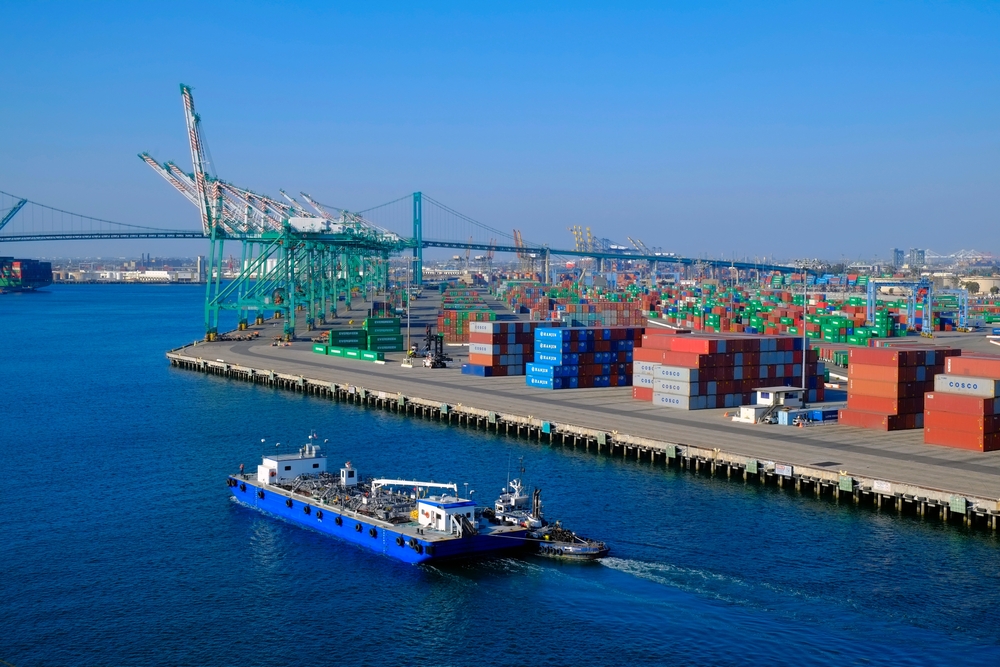
Diesel and gasoline prices in the U.S. are experiencing a gradual decline, marking a welcome relief for both consumers and industries alike. According to the latest data, diesel prices are averaging $3.52 per gallon, reflecting steady pricing that has yet to experience the upward pressures typically associated with peak harvest and holiday seasons. Meanwhile, gasoline prices continue to ease following the peak summer travel season, a trend attributed to decreased seasonal demand.
Diesel Prices Remain Steady Despite Seasonal Demands
Historically, diesel prices tend to rise in response to agricultural and holiday demands, as diesel fuels the trucks, tractors, and machinery central to harvest activities and seasonal deliveries. However, this year, diesel costs have shown resilience against these pressures, maintaining an average of $3.52 per gallon with only slight variations across different regions. Analysts attribute this stability to a few key factors, including steady crude oil prices, improved refining capacities, and relatively mild weather conditions in primary agricultural regions, which have minimized disruptions.
While it is early in the holiday shopping season, the diesel market is typically impacted by increased trucking activity toward the end of the year. However, industry experts speculate that barring any major disruptions in supply or unexpected cold spells, diesel prices may remain relatively stable or see only marginal increases as demand rises.
Gasoline Prices Ease Following Summer Highs
The decrease in gasoline prices comes after a seasonal peak driven by summer travel, which traditionally boosts demand as families take vacations and road trips. As of now, gasoline costs are hovering around $3 per gallon on average, a notable decline from the prices seen earlier in the year. Analysts explain that the fall in gasoline prices is linked to a combination of factors, including a dip in crude oil prices, stable refinery output, and the shift to winter-blend gasoline, which is typically less expensive to produce than summer blends.
Another factor contributing to the stability in gasoline prices is the relatively calm hurricane season, which minimized disruptions in the Gulf Coast’s refining output. Additionally, as the economy moves into the colder months, the natural drop in travel reduces gasoline demand, creating less strain on fuel supplies.
Regional Price Variations and Market Dynamics
Across the U.S., gas and diesel prices continue to exhibit regional variations influenced by factors such as local demand, state fuel taxes, and proximity to refining centers. For example:
- The Gulf Coast remains one of the cheapest regions for both gasoline and diesel due to its proximity to major refineries and lower state taxes, making it more resilient to price fluctuations.
- California and the West Coast continue to experience higher average prices, a result of stricter environmental regulations, higher state taxes, and longer distribution distances.
- Midwest and East Coast regions have seen moderate decreases in fuel prices, which analysts attribute to balanced regional demand and stable supply from local refineries.
Outlook for the Coming Months
As the holiday season progresses, both gas and diesel prices may experience some fluctuations based on consumer travel, weather patterns, and logistical demands. However, given the steady trends observed thus far, experts are cautiously optimistic that prices will remain relatively stable. The potential for increased diesel demand due to shipping and logistics in the run-up to the holidays could lead to slight upward pressure on diesel prices, though the impact may be less significant than in previous years.
With gas prices likely to continue their seasonal decline, consumers may benefit from lower fuel costs as they plan holiday travel and end-of-year purchases. If current trends hold, the fuel market could close out the year on a stable note, offering both households and businesses some relief from fuel-related expenses.
Source:











Leave a Comment